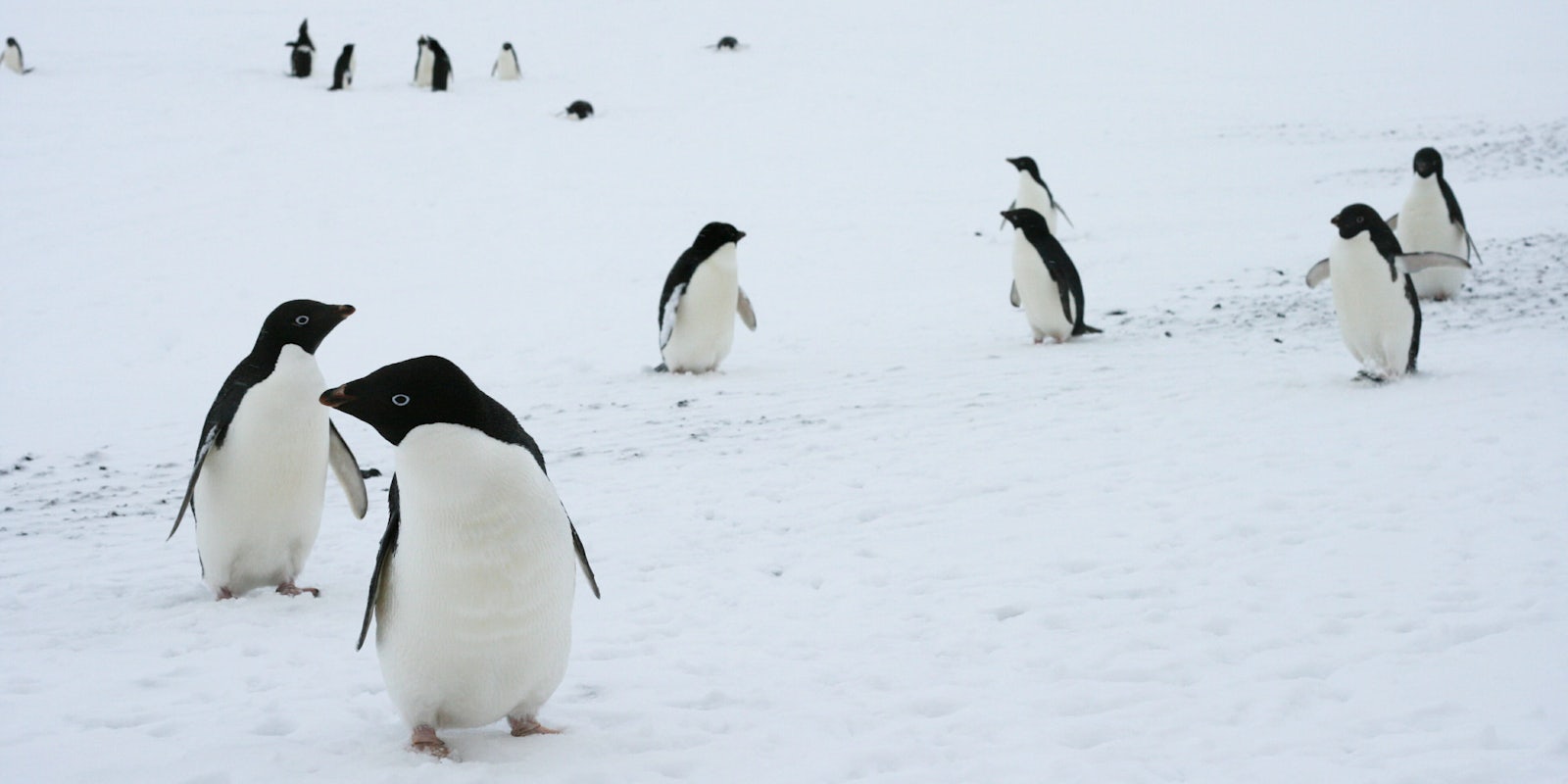What’s cuter than one penguin? How about 1.5 million penguins?
Biologists believed that the Adélie penguin population on the Antarctic Peninsula had been slowly declining for the past four decades, but it turns out the little fellas were just better at hiding than anyone imagined.
Adélie penguins, who are most commonly known as the tuxedo penguins because of their distinctive look, are one of the most common penguin species.
With the use of drone technology, researchers from the Woods Hole Oceanographic Institution (WHOI) discovered a supercolony of 1.5 million Adélie penguins living in the Danger Islands, which are a chain of remote and rocky islands off the Antarctic Peninsula’s northern tip.
Historically, the Danger Islands weren’t considered an important penguin habitat, according to Heather Lynch, associate professor of ecology & evolution at Stony Brook University, because the remote islands are surrounded by treacherous waters and are difficult to access. If it weren’t for drones, the researchers may never have found the supercolony.
“The drone lets you fly in a grid over the island, taking pictures once per second. You can then stitch them together into a huge collage that shows the entire landmass in 2D and 3D,” Hanumant Singh, professor of mechanical and industrial engineering at Northeastern University, said in a statement. Singh developed the drone’s imaging and navigation system. Once the drone images are available, he said his team can use neural network software to analyze them, pixel by pixel, searching for penguin nests autonomously.
Researchers involved with the project said the drone technology has been key because it will provide insight on penguin dynamics and the effects of climate change. It also offers a valuable benchmark for future change in the species, and it will lend valuable evidence for supporting Marine Protected Areas near the Antarctic Peninsula.


